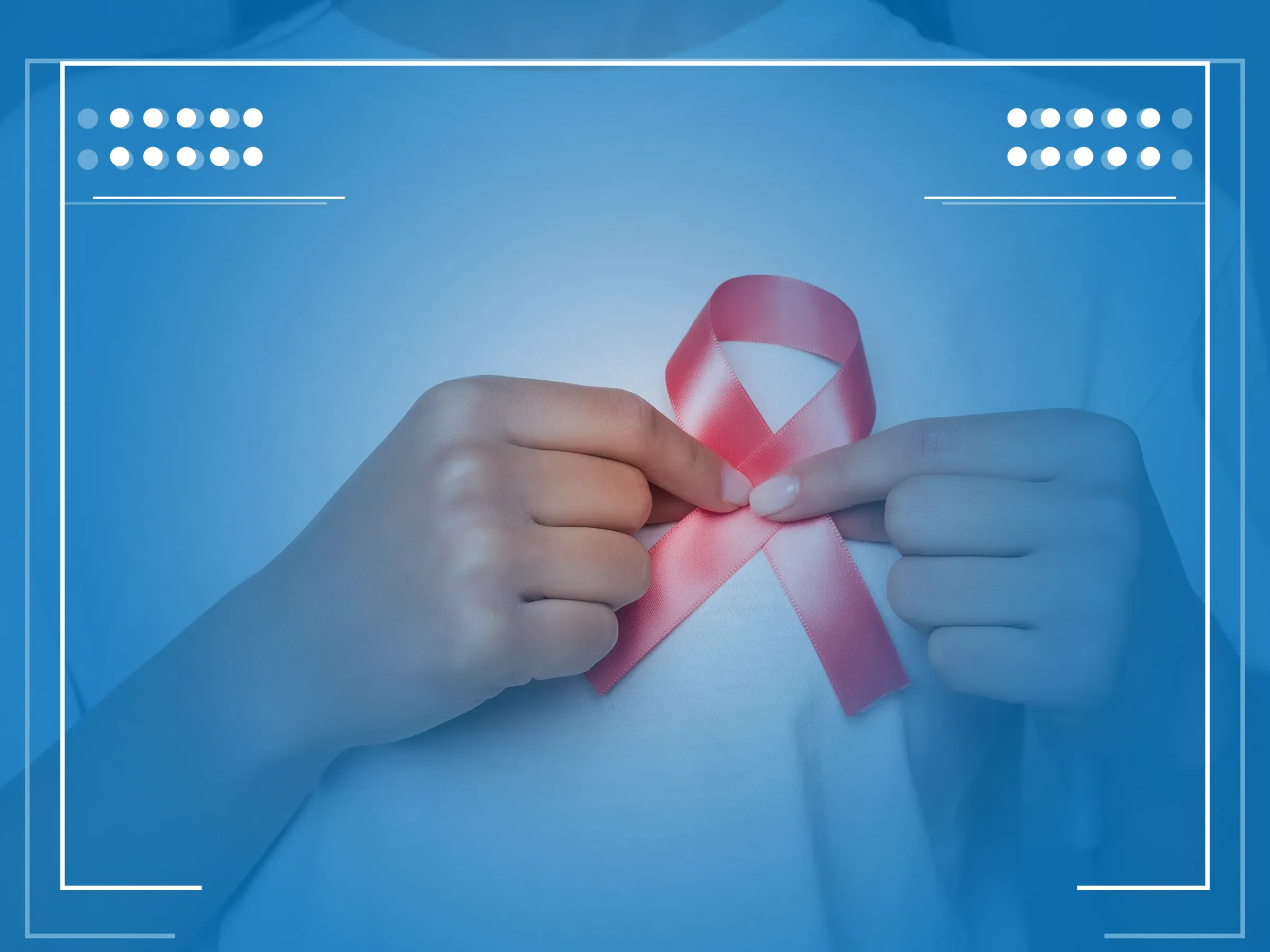Breast cancer treatment begins with a thorough diagnostic evaluation, which includes imaging tests, biopsies, and genetic testing to determine the specific characteristics of the cancer. This initial assessment is critical for staging the cancer and selecting the most appropriate treatment plan. Options may include surgery, such as a lumpectomy or mastectomy, depending on the size and location of the tumor. Adjuvant therapies, such as chemotherapy, radiation therapy, hormonal therapy, and targeted therapy, are often used in combination with surgery to destroy any remaining cancer cells, reduce the risk of recurrence, and treat cancers that have spread beyond the breast.
Breast cancer treatment strategies are increasingly personalized, taking into account the tumor’s hormone receptor status, HER2 status, and the genetic makeup of the cancer. This personalized approach allows for the use of treatments that are most likely to be effective for each individual’s specific type of cancer. For example, hormone therapy may be used for cancers that are hormone receptor-positive, while targeted therapies like trastuzumab (Herceptin) are used for HER2-positive cancers. Advances in medical research have also led to the development of new drugs and treatment modalities, improving outcomes and quality of life for patients with breast cancer. Throughout the treatment process, patients are supported by a multidisciplinary team of healthcare professionals, ensuring comprehensive care that addresses not only the cancer but also the patient’s overall well-being.

Breast Cancer Treatment Options
Understanding breast cancer treatment options requires a comprehensive look at the disease, starting with its background. Breast cancer is a complex disease with multiple subtypes, each with its unique characteristics and challenges. The causes of breast cancer are multifaceted, including genetic, environmental, and lifestyle factors. As we delve into what’s breast cancer, it’s crucial to recognize it as not just a single disease but a spectrum of conditions affecting the breast tissue, commonly referred to as breast carcinoma.
The early stage of breast cancer offers the most favorable prognosis, highlighting the importance of early detection and intervention. At this stage, the cancer cells are confined to the breast and possibly nearby lymph nodes, making localized treatments very effective. As the cancer stages progress, treatment becomes more complex. For example, stage 2 breast cancer may require a combination of surgery, radiation, and systemic therapies.
One significant advancement in treating this disease is the development of targeted therapy, especially for HER2 positive breast cancer. This type of cancer overexpresses the HER2 protein, and drugs like trastuzumab can specifically target these cancer cells, offering a more personalized treatment approach.
The diagnosis and management of breast cancer often follow a structured algorithm or flow chart, guiding healthcare professionals through a series of decisions based on the cancer symptoms, tumor characteristics, and patient preferences. This systematic approach ensures that each patient receives the most appropriate care for their specific condition.
Treatment for breast cancer may involve various procedures, including several types of breast cancer surgery like lumpectomy or mastectomy, depending on the size and location of the breast tumor. The procedure for breast cancer varies significantly, with some patients also requiring reconstruction surgery to restore the breast’s appearance post-mastectomy.
Understanding about breast cancer extends beyond treatment to include the treatment cost, which can vary widely depending on the type and duration of treatment. Many organizations and insurance plans offer resources to help manage these costs, ensuring patients receive the necessary care without undue financial burden.
Breast cancer therapy often includes adjuvant treatments, such as chemotherapy, hormonal therapy, and radiation, designed to target microscopic cancer cells that might remain after surgery. The goal is to reduce the risk of recurrence and improve long-term outcomes.
For those diagnosed with metastatic breast cancer, the focus shifts to managing the disease over the long term, as this stage signifies that the cancer has spread beyond the breast and nearby lymph nodes. In these cases, treatment options may include systemic therapies designed to slow the progression of the disease, manage symptoms, and maintain quality of life.
The journey through breast cancer diagnosis, treatment, and beyond is deeply personal. All about breast cancer emphasizes not just the physical treatments but also the support and resources needed to navigate this challenging path. From understanding the breast operation cancer procedure to coping with the aftermath of treatment, comprehensive care involves addressing both the physical and emotional needs of the patient.












